SNVS625G February 2011 – March 2022 LM21215
PRODUCTION DATA
- 1 Features
- 2 Applications
- 3 Description
- 4 Revision History
- 5 Pin Configuration and Functions
- 6 Specifications
- 7 Detailed Description
- 8 Application and Implementation
- 9 Layout
- 10Device and Documentation Support
- 11Mechanical, Packaging, and Orderable Information
Package Options
Mechanical Data (Package|Pins)
- PWP|20
Thermal pad, mechanical data (Package|Pins)
- PWP|20
Orderable Information
6.5 Typical Characteristics
Unless otherwise specified: VIN = 5 V, VOUT = 1.2 V, L= 0.56 µH (1.8-mΩ RDCR), CSS = 33 nF, TA = 25°C for efficiency curves, loop gain plots and waveforms, and TJ = 25°C for all others.
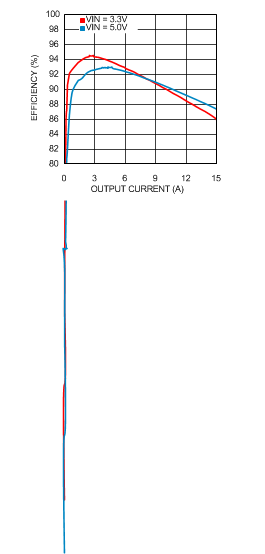 Figure 6-1 Efficiency
Figure 6-1 Efficiency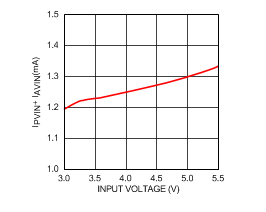 Figure 6-3 Non-Switching IQTOTAL vs VIN
Figure 6-3 Non-Switching IQTOTAL vs VIN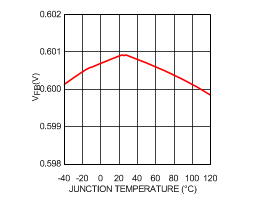 Figure 6-5 VFB vs Temperature
Figure 6-5 VFB vs Temperature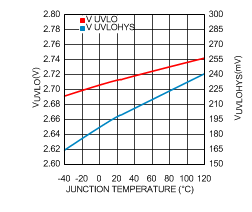 Figure 6-7 UVLO Threshold and Hysteresis vs Temperature
Figure 6-7 UVLO Threshold and Hysteresis vs Temperature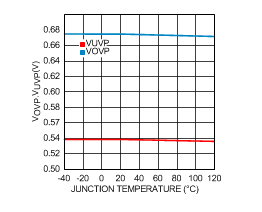 Figure 6-9 OVP/UVP Threshold vs Temperature
Figure 6-9 OVP/UVP Threshold vs Temperature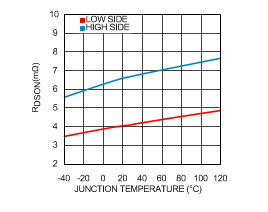 Figure 6-11 FET Resistance vs Temperature
Figure 6-11 FET Resistance vs Temperature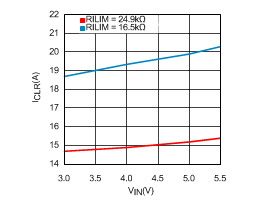 Figure 6-13 Peak Current Limit (ICLR) vs VIN
Figure 6-13 Peak Current Limit (ICLR) vs VIN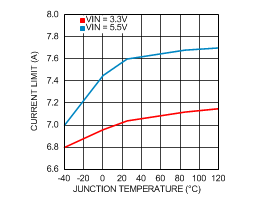
| RILIM = 61.9 KΩ |
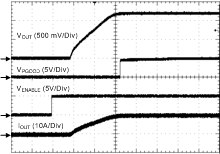
| 200 µs/DIV |
200 µs/DIV
Figure 6-17 Start-up With SS/TRK Open Circuit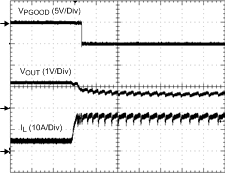
| 100 µs/DIV | RILIM = 20 KΩ | |||
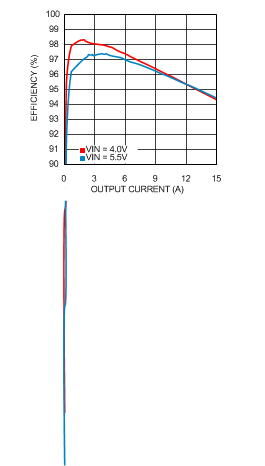
| VOUT = 3.3 V | Inductor P/N SER2010-02MLD |
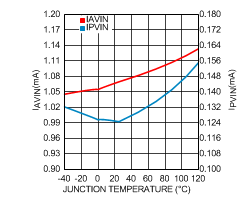 Figure 6-4 Non-Switching IAVIN and IPVIN vs Temperature
Figure 6-4 Non-Switching IAVIN and IPVIN vs Temperature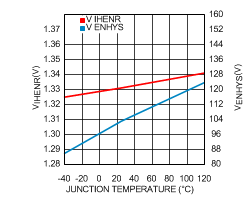 Figure 6-6 Enable Threshold and Hysteresis vs Temperature
Figure 6-6 Enable Threshold and Hysteresis vs Temperature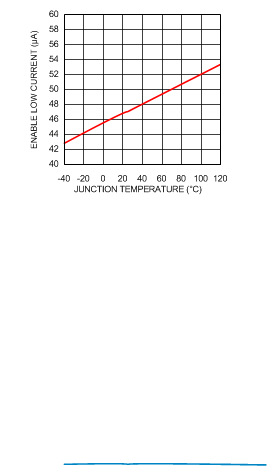 Figure 6-8 Enable Low Current vs Temperature
Figure 6-8 Enable Low Current vs Temperature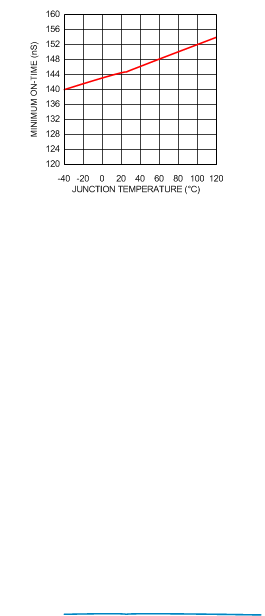 Figure 6-10 Minimum On-Time vs Temperature
Figure 6-10 Minimum On-Time vs Temperature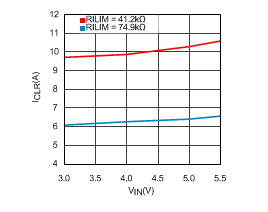 Figure 6-12 Peak Current Limit (ICLR) vs VIN
Figure 6-12 Peak Current Limit (ICLR) vs VIN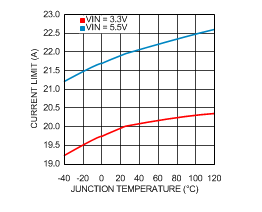
| RILIM = 10 KΩ |
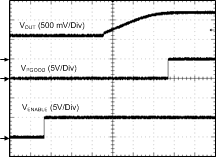
| 2 ms/DIV | ||
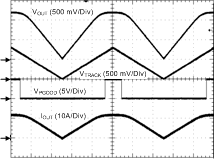
| 100 µs/DIV |